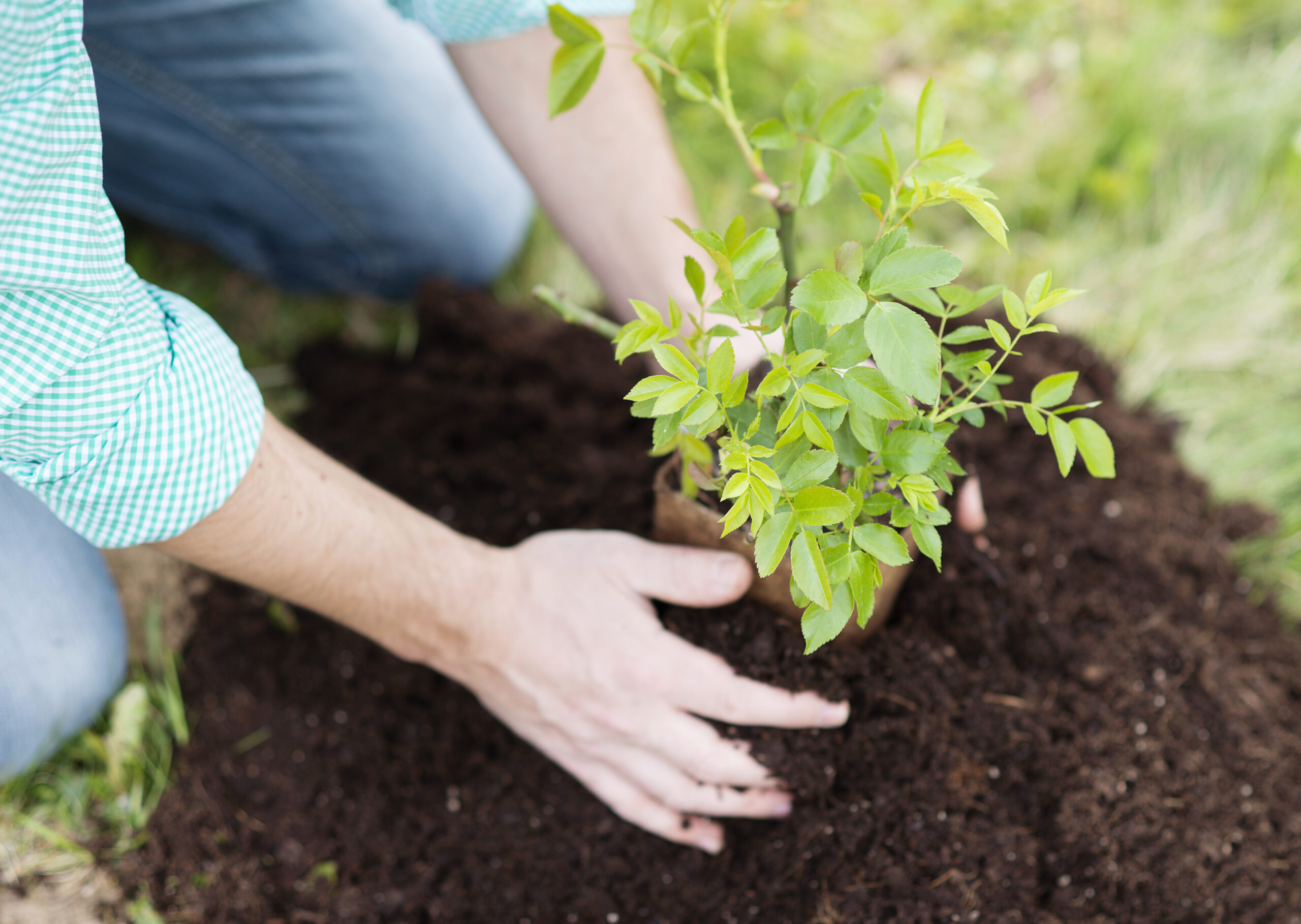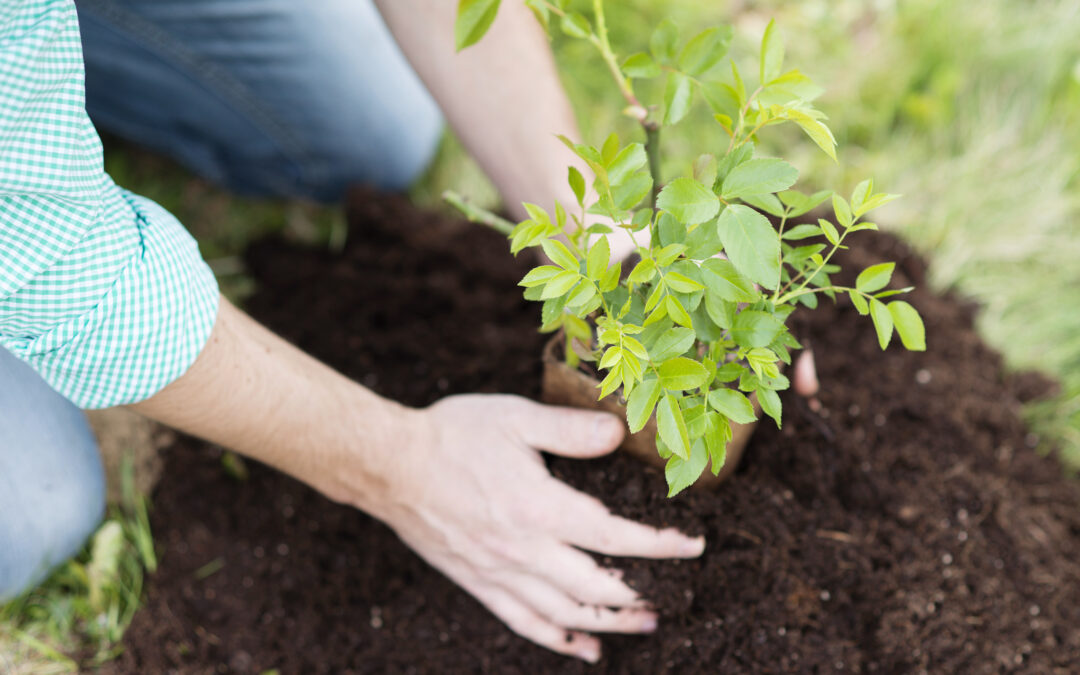Welcome to Home Gardening 101! Growing your own vegetables can be a fun and rewarding experience. In this blog post, we will cover everything you need to know about growing your own vegetables at home. Let’s get started!
Introduction to Home Gardening
Home gardening is becoming increasingly popular as people look for ways to live healthier lives and save money on their grocery bills. By growing your own vegetables, you can ensure that you are eating fresh, nutritious produce while also reducing your carbon footprint. Whether you have a small balcony or a large backyard, there are plenty of options available for starting your own home garden.

Choosing the Right Vegetables to Grow
The first step in home gardening is choosing the right vegetables to grow. Consider which vegetables you enjoy eating and research which ones are easiest to grow in your area. Some common vegetables for beginners include tomatoes, lettuce, spinach, radishes, and green beans. Once you have selected your vegetables, it’s time to prepare your garden bed.
Preparing Your Garden Bed
To prepare your garden bed, start by removing any existing plants or debris from the area. Next, add compost and other organic matter to enrich the soil. You may also want to consider adding mulch to help retain moisture and suppress weeds.
Planting and Caring for Your Vegetables
Once your garden bed is prepared, it’s time to plant your vegetables. Follow the instructions on the seed packets or plant labels, making sure to give each plant enough space to grow. Keep the soil moist but not waterlogged, and avoid over-fertilizing, which can harm your plants. As your vegetables begin to grow, make sure to prune any dead leaves or stems to encourage new growth.
Common Pests and Diseases in Home Gardens
Unfortunately, pests and diseases are an unavoidable part of home gardening. Common pests include slugs, snails, and aphids, while common diseases include blossom end rot and powdery mildew. To prevent these issues, use natural remedies such as companion planting and beneficial insects rather than chemical pesticides.
Harvesting and Storing Your Vegetables
When your vegetables are ready to harvest, make sure to pick them at the optimal stage of maturity. For example, tomatoes should be picked when they are fully ripe but still firm, while leafy greens like lettuce and spinach can be harvested as soon as they reach mature size. Store your vegetables properly to extend their shelf life, with root crops like carrots and potatoes stored in a cool, dark place, and leafy greens washed and wrapped in paper towels before being placed in the refrigerator.
Maintaining Your Garden Throughout the Season
Maintenance is key to keeping your home garden thriving throughout the season. Make sure to regularly check for signs of disease or pest infestation, and take steps to address any issues early on. Additionally, continue to fertilize and water your plants as needed, and remove any dead plant material to keep your garden looking tidy.
Troubleshooting Common Problems in Home Gardens
If you encounter any problems along the way, don’t despair! There are many resources available online and through local gardening clubs to help troubleshoot common issues. Remember, home gardening is a learning process, so don’t be afraid to experiment and try new things. With some effort and attention, you can create a beautiful and productive home garden that provides fresh, delicious vegetables all year round.





